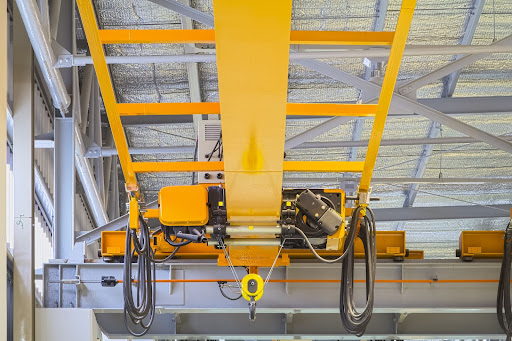 No matter where you live, no matter how clean your home, and no matter how well-sealed you think your walls are, it’s highly likely that you’ll experience a rodent breach at some point in your life. A rat exterminator can fix the problem, but in the meantime, you’ll need to clean up to keep your family safe. Today, we talk with Bella Vista, Arkansas-based Alder Pest Control to find out how.
No matter where you live, no matter how clean your home, and no matter how well-sealed you think your walls are, it’s highly likely that you’ll experience a rodent breach at some point in your life. A rat exterminator can fix the problem, but in the meantime, you’ll need to clean up to keep your family safe. Today, we talk with Bella Vista, Arkansas-based Alder Pest Control to find out how.
Q: What is the first step to cleaning up rodent droppings?
Alder Pest Control: While many people’s first inclination is to panic, that’s not going to help. Start by calling your rat exterminator, and then get ready to clean. You’ll want to get out of the most obvious issues first, and that starts by gathering your materials. You’ll need a plastic garbage bag, rubber gloves, bleach, water, and a spray bottle. If possible, grab a small sweeper that you don’t mind throwing away, and collect the solid material for the trash. Next, spray the area down with a 1:10 solution of bleach and water.
Q: How do I clean carpet, rugs, and other soft surfaces?
Alder Pest Control: If you have a steam cleaner, reach for this. Any towels, sheets, or clothing that has been contaminated can be thrown into the washing machine. Make sure to use hot water and an appropriate amount of detergent.
Q: Can a rat exterminator prevent rodents from coming into my home again?
Alder Pest Control: For the most part, yes. Your pest control company can evaluate your home to determine possible points of entry. Afterward, they will make a thorough evaluation based on your situation. While no one can 100% guarantee that rats, mice, and other rodents will never come in again, having a plan in place now can greatly reduce your chances of experiencing an infestation later down the road.
Q: How soon should I clean up after I notice rodent droppings in my home?
Alder Pest Control: Immediately. Although it’s very unlikely that you’ll come down with the bubonic plague, this and other diseases are still spread by rats and mice. Feces contain bacteria, which can contaminate hard surfaces and, alarmingly, food. Dried up feces can also become airborne, creating respiratory issues in sensitive people.
Finding a rat exterminator is crucial in the days following a rodent discovery. Your pest control service can help you keep your home infestation-free, so you don’t have to worry about what’s crawling your walls each night.
Contact Alder Pest Control today, and let this professional team of rat exterminators handle your rodent problem for you.

 If you’ve ever walked into a manufacturing facility, you’ve probably seen multiple cranes looking overhead. You might have wondered if all
If you’ve ever walked into a manufacturing facility, you’ve probably seen multiple cranes looking overhead. You might have wondered if all